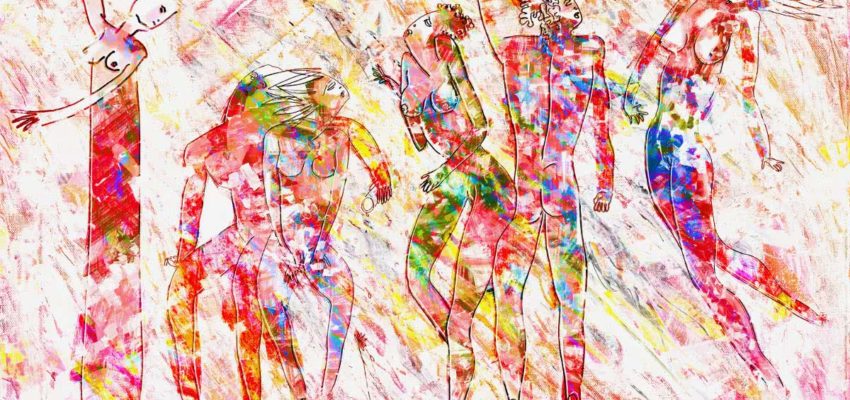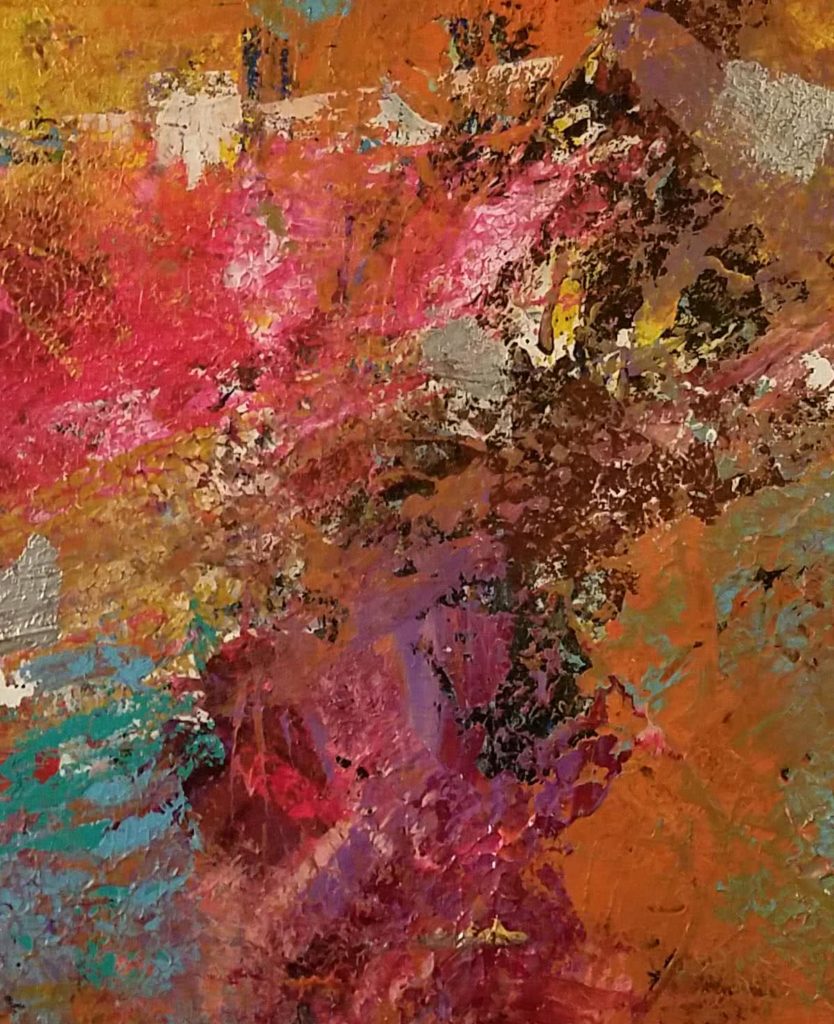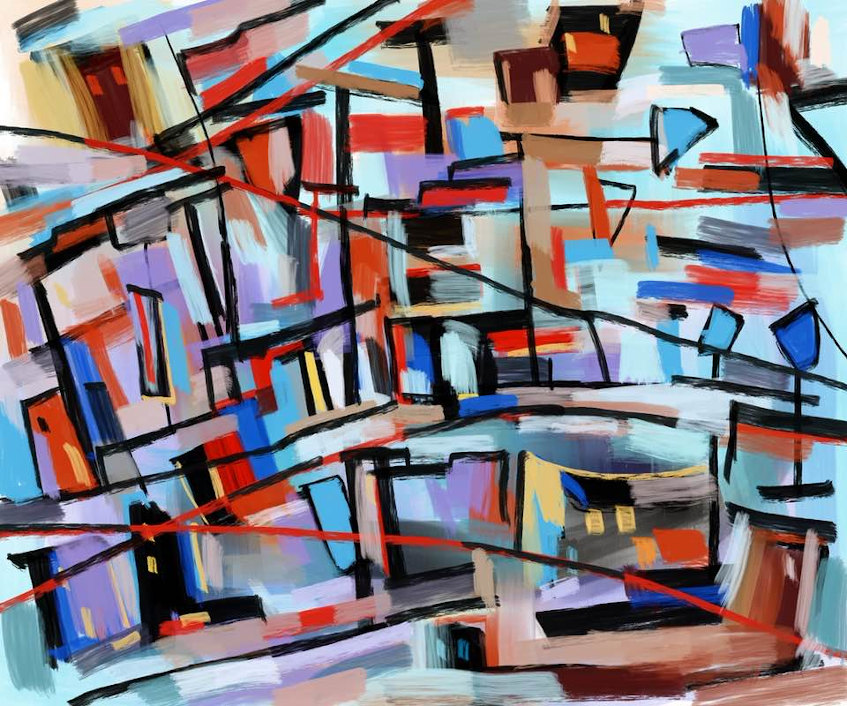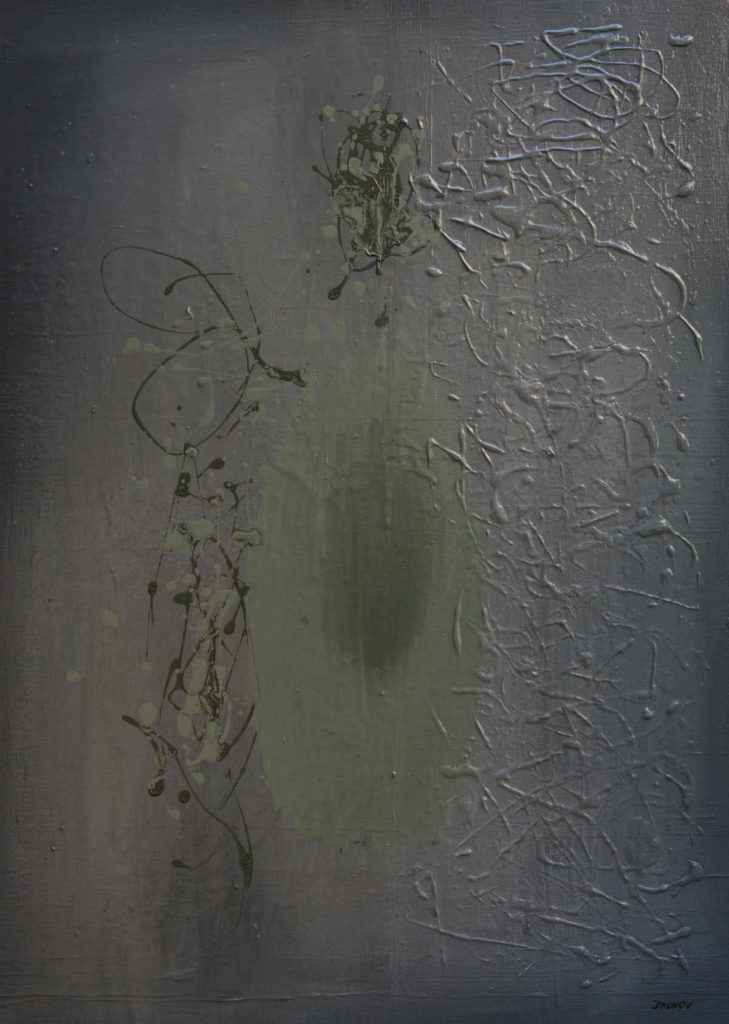Introduction
While abstract art may seem simple enough to the untrained eye, there are actually many nuances and rules that artists must adhere to when creating this type of art. Whether you’re a fan of abstract art or want to learn more about the genre, here are 10 things you didn’t know about abstract art.

Sometimes the titles are created after the paintings
I don’t have a theme to speak of, I just make what I feel like making.. On other occasions an idea comes first: I think at that time I had been reading about cubism in art history, and also learning about early painting from prehistoric times.
Abstract Art isn’t just about lines
To call a work of art abstract is to say that it contains no representational or naturalistic elements. But that doesn’t mean abstract artists are in some sort of avant-garde artistic sphere separate from realists and figurative painters; abstract art often uses shapes, colors, forms and gestural marks to achieve its effect.
One important element in abstract art is color
It’s what your eyes will be drawn to first, and it’s what will ultimately make or break a piece. And, like any artist, abstract artists are well aware of how powerful color can be. It sets a tone and mood, as well as conveys meaning. Color is such an important factor in abstract art that artists usually select one primary color to unify their pieces. If a viewer can’t understand your color scheme, it won’t matter how brilliant your composition is. Keep that in mind when selecting colors to create your own abstract works.
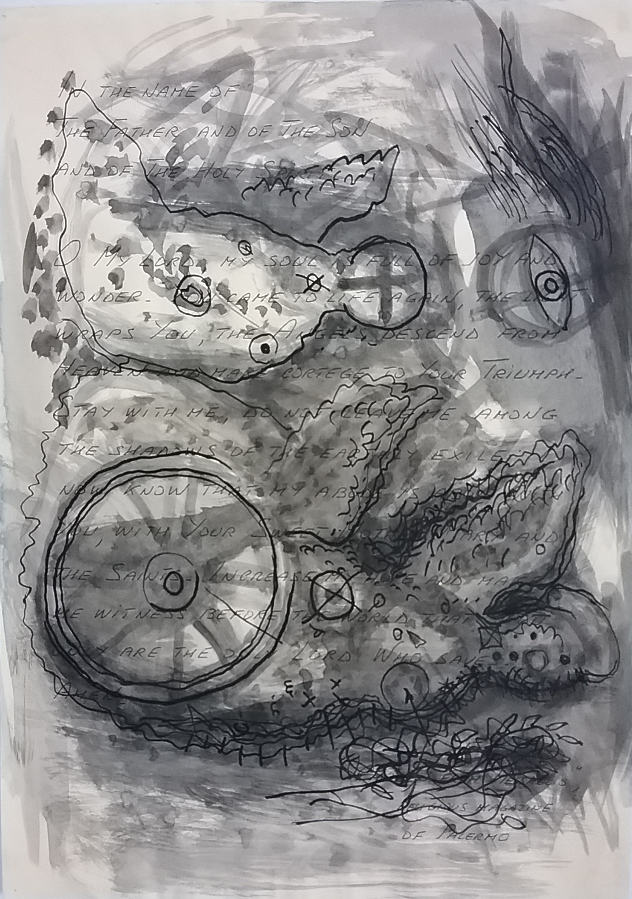

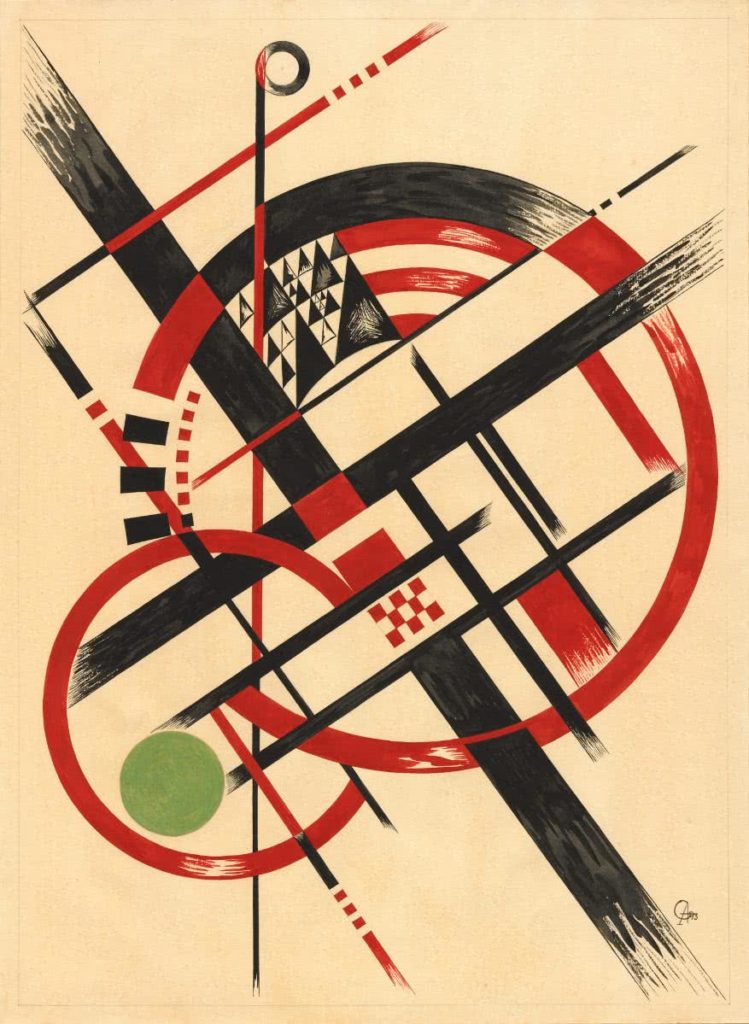
Abstract painters don’t use any references
It’s hard to believe, but many abstract painters create their art without a model or a photo. Instead, they use something called creative thought—the ability to envision ideas from nothing. These artists will sit quietly in front of an empty canvas for hours until an image forms in their minds; then they capture it on paper or canvas.
The first abstract artist was Paul Klee..
While people frequently assume that Wassily Kandinsky or Piet Mondrian was first abstract artist, it was actually Paul Klee who was instrumental in pioneering abstract art.

Abstract painting rose with cubism
Abstract art wasn’t always called abstract art. It got its name from an avant-garde art show in Paris in 1911, where artists including Pablo Picasso and Wassily Kandinsky displayed their work. Picasso is considered a founding father of abstract painting; he helped develop cubism, an early type of abstract artwork that used jagged lines and geometric shapes to represent three-dimensional figures on a two-dimensional canvas.
The term abstract wasn’t used until 1910 by Albert Gleizes and Jean Metzinger
Though abstract art has been around for thousands of years, it wasn’t until 1910 that two artists, Albert Gleizes and Jean Metzinger coined the term L’art Abstrait. The term was created by combining two existing words: abstrait, which translates to English as concrete, and artiste, which means artist.
Informalists were another abstract art movement that began in 1950s Germany
They challenged artists to focus on self-expression and emotional freedom. The following are some notable members of informalism: Otto Piene, Joan Miro, Jean Dubuffet, Kurt Schwitters, Antoni Tàpies and Yves Klein. Because of its heavy reliance on a sense of spontaneity in creation and exhibition, Klein’s movement eventually became known as action painting.
Jackson Pollock came up with Abstract Expressionism in the 1940s
A movement centered on uninhibited brushwork and emotion. Although abstract painters use many different techniques, they all share a common goal—to portray feeling through color, line and shape. In our latest infographic, we’re taking a look at 10 of those techniques and how they’re used in modern art: from Synchronism to Zentangles, these are things you didn’t know about abstract art. Today there are many modern abstract artists who work in different mediums. painting, drawing, sculpture and performance art.
We hope you enjoy it!

